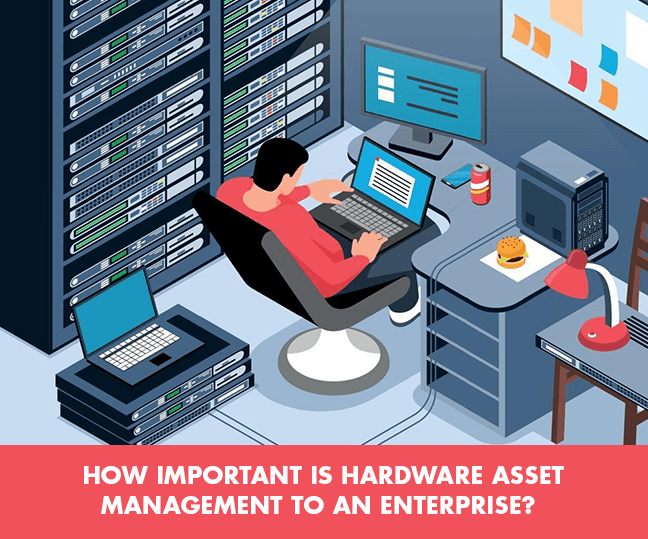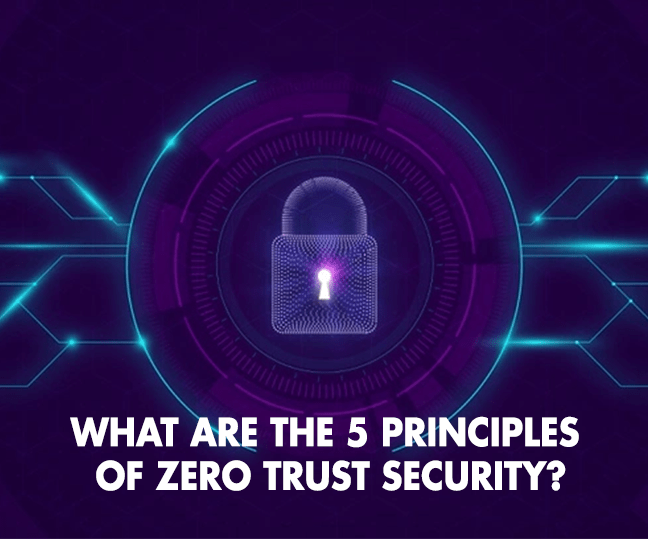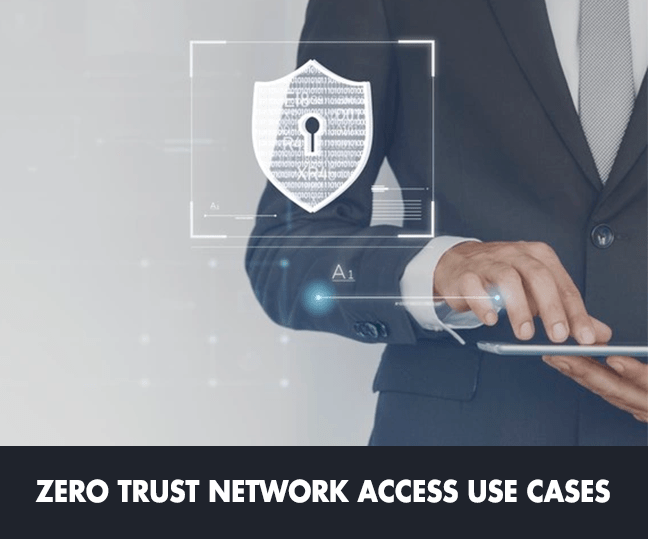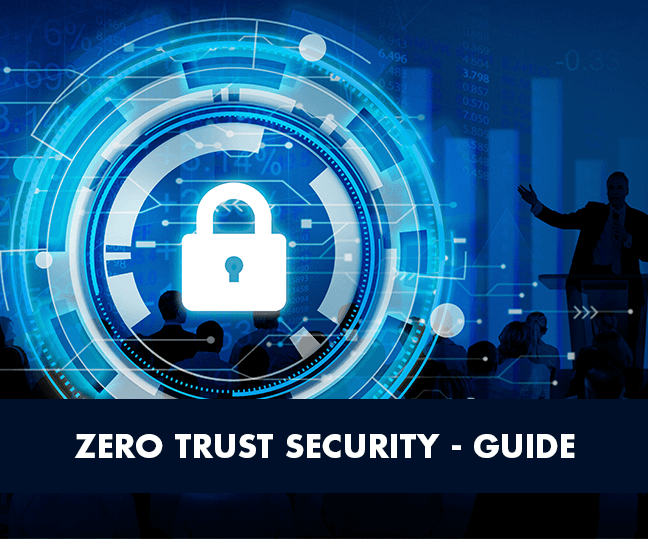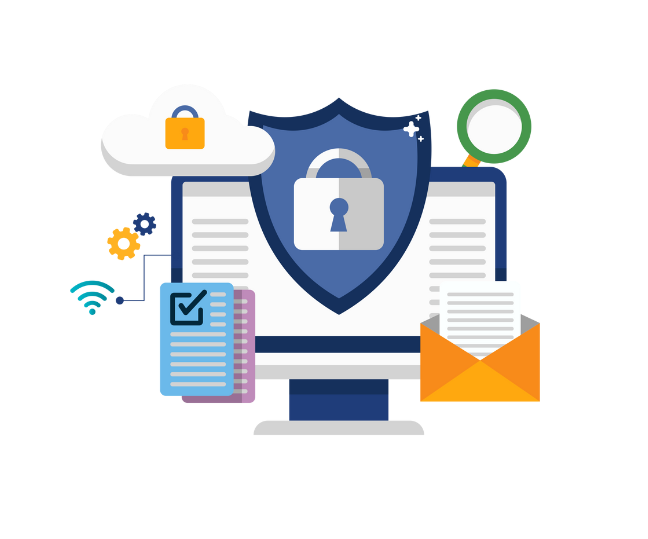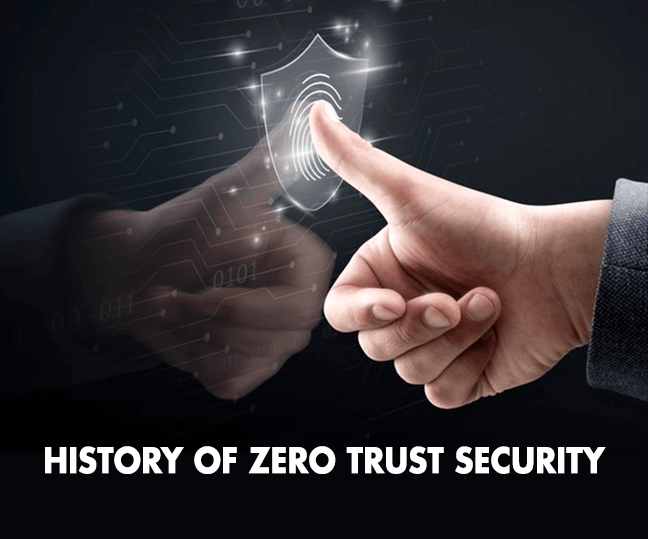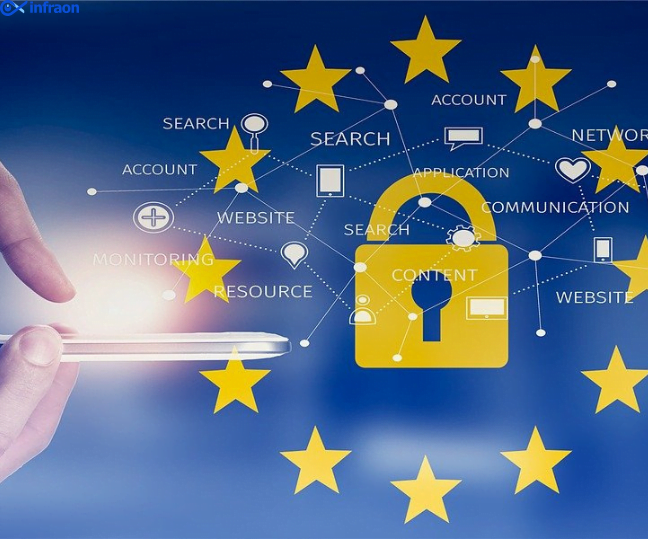What is the Zero Trust security advantage and why is it a big deal?
“Never Trust, Always Verify” sounds like a catchphrase and yet, puts us on alert. Even as digitization continues to evolve with the applications, data, devices, and infrastructure becoming more hybrid, the threat to network security is also changing. Simply put, cybersecurity requires a strategic and holistic approach as businesses make their entry into digital transformation.
Zero Trust security is based on three core principles
- Verify each user – Thus far, Single-Sign-on (SSO) has been a standard method for user verification. This method is convenient because we don’t have to enter our password every time, and it cuts down the number of passwords we have to manage. Unfortunately, if that one credential gets out of our hands, we have a security gap. Balancing the SSO with multi-factor authentication, we have a tighter web of security on the organizational network. Still, this is not foolproof. With a bit of intelligence and context, the security can be balanced with the end-user experience. Here’s where behavior-based access comes into play. By using AI and ML, companies can track the pattern of user behavior and can detect any deviation from that baseline. This enables companies to act immediately by blocking access and ask for further authentication.
- Validate every device: Almost all of our devices are linked, and we lock them with a password. But, better safety can come with multi-factor authentication. Nevertheless, with these two safety measures in place, we still need device management with the right policies and the context, such as the browser it has and where it is used, etc., to ensure safer access.
- Limit access intelligently: Access to employees is usually based on their roles and responsibilities. Changes to access are also made based on role changes. While privileges are revoked if the employee exits and new accounts are created, companies need to be on top of their game at every moment. Therefore, all these capabilities must be integrated for real-time applications that cause little to no delays where access decisions are concerned.
What Is The Zero Trust Advantage?
Adopting the Zero Trust philosophy across organizations without understanding the Zero Trust advantage can be challenging.
Protecting valuable data
Adopting the Zero Trust strategy enables greater protection of data while reducing network security breaches. Security breaches can make or break a company, especially in the digital world. While it may not stop all data breaches, we have a chance at containing the incident before it becomes a data breach. The incident could be limited to one identity access separating the others from becoming compromised. Intelligent response with more authentication methods and controls can contain the threat well ahead of time.
Companies establish their credibility on how secure their data and applications are, and even the slightest break in the network security chain can drastically alter their standing in the industry.
Improving the bottom line

Losing credibility is tantamount to losing business. A sound network security strategy, on the other hand, keeps the company standing and builds its reputation for getting things done the right way. Companies using the Zero Trust philosophy can be more confident in bringing new business models and improved customer experiences to the market. Both of these elements impact the bottom line enabling business growth and expansion without fear of security risks.
Importance of implementing Zero Trust
Businesses committed to adopting Zero Trust strategy will need to take the following steps:
- Micro-segmentation: Using granular controls, security should include user controls over networks, SaaS applications, endpoint applications, and data usage.
- Policies enforced everywhere: Persistent network security at all times is the key, regardless of the file type or application, and must not be limited to a file-centric approach.
- Automation-led visibility: Automate the process of logging all behavior, suspicious or otherwise. This is the way to detect potential threats while still creating audits to ensure compliance.
Zero Trust is no longer an option but a necessity in an increasingly digital world if businesses wish to survive and flourish.






.svg)












